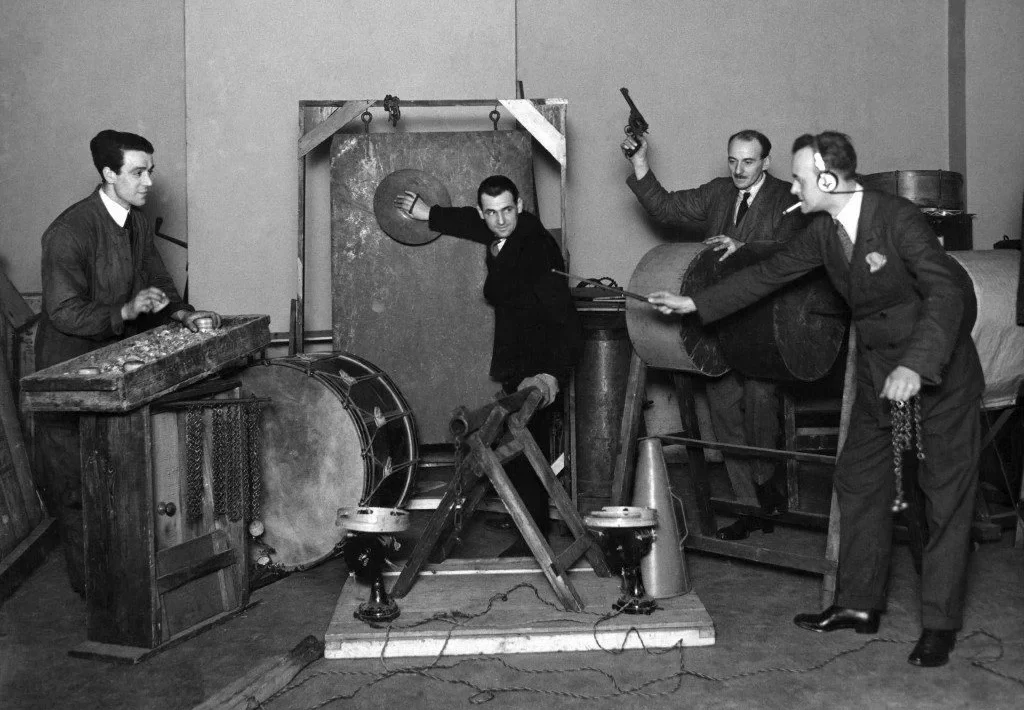Foley is a unique sound production technique used primarily in film, television, and video game production to enhance the audio quality of these mediums. Named after Jack Foley, a pioneering sound effects artist, the practice involves recreating the ambient sounds that the film or video’s action ostensibly produces on screen but which may not have been adequately captured during the shooting process. This includes a wide array of sounds such as footsteps, door creaks, cloth movement, glass breaking, and any other sound that can add realism and depth to the scene’s audio.
The creation of Foley sounds is an art form that requires both creativity and precision. Foley artists, working in a specially equipped studio known as a Foley stage, watch the film or video footage and perform the sounds in sync with the action on screen. This process ensures that the sounds are perfectly timed with the visual cues, enhancing the viewer’s immersion in the story. Foley artists use a variety of props and materials to generate the sounds needed for a scene. For example, they might use different shoes and surfaces to recreate footsteps on various terrains, or manipulate various objects to mimic the sounds of everyday activities.
The Foley process is typically divided into three main categories:
- Footsteps: Perhaps the most recognized aspect of Foley, this involves creating the sounds of characters walking, running, or moving in any way. The type of shoes worn, the surface they’re walking on, and the character’s speed and weight are all considered to craft realistic footstep sounds.
- Movement: This category covers the sounds of characters’ movements other than footsteps, such as the rustling of clothing, the movement of armor, or the handling of props. These sounds add depth to the characters’ actions and contribute to the believability of their interactions with the environment and each other.
- Props: This involves creating sounds associated with objects that characters interact with, such as doors opening and closing, utensils clinking, or weapons being handled. It can also include environmental sounds like breaking glass, the clatter of objects falling, or the specific noise of a gadget or machine that is crucial to the scene.
The significance of Foley lies in its ability to bring a scene to life, adding layers of audio detail that make the on-screen world more convincing. By meticulously matching the sounds to the actions, Foley artists can enhance the emotional impact and realism of a scene. For example, the sound of heavy, dragging footsteps can add to the tension of a suspenseful scene, while the light, quick steps might suggest excitement or haste.
Foley is a critical component of the post-production process, working alongside dialogue, music, and other sound effects to create a rich and immersive auditory experience, for this reason counting with an enterprise sound effects tool has become a must for projects of any kind. Despite its importance, Foley often goes unnoticed by audiences due to its seamless integration into the fabric of the film or video. This invisibility is, in many ways, a testament to the skill and artistry of Foley artists, who are able to create sounds so natural that viewers simply accept them as part of the real environment being depicted on screen.





